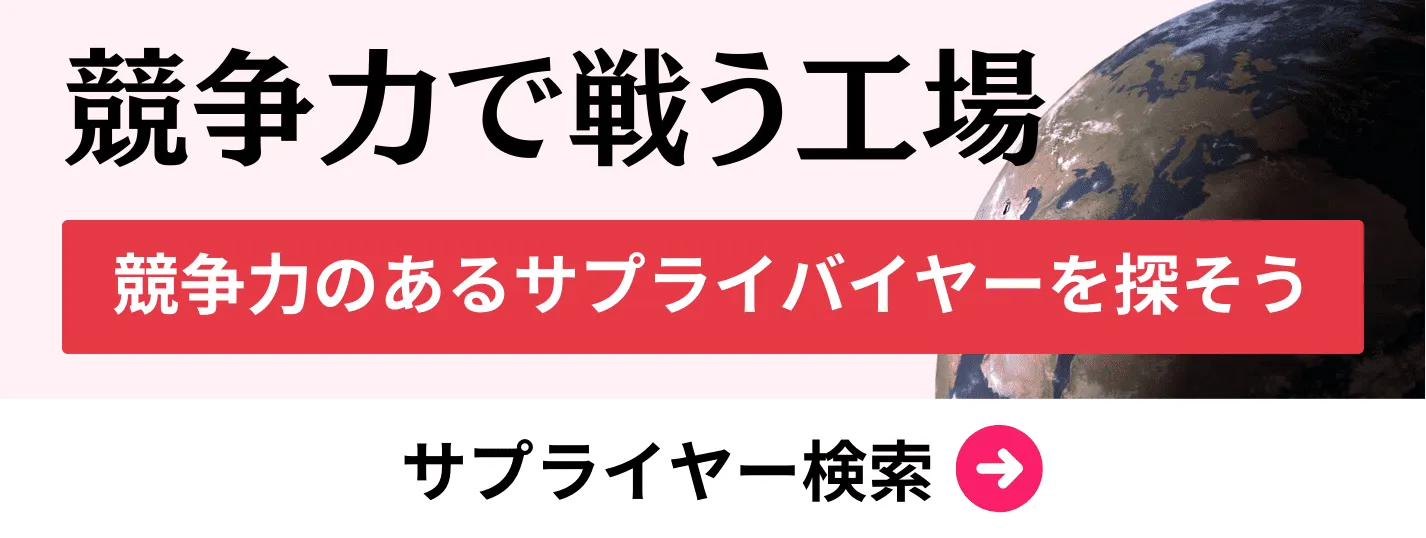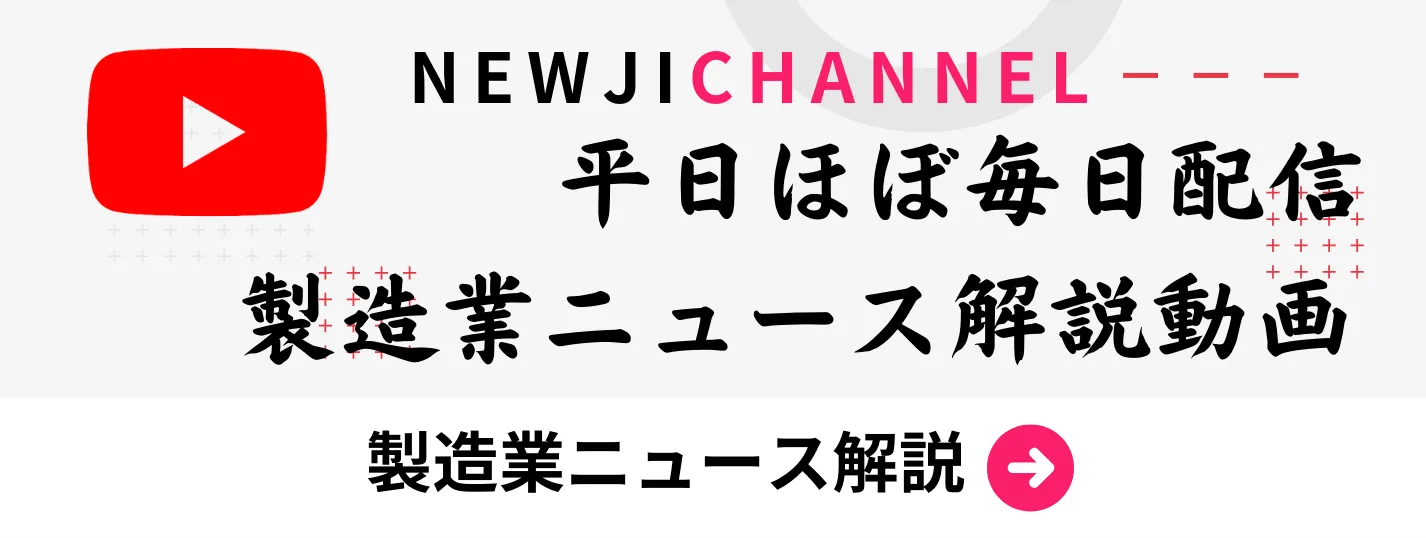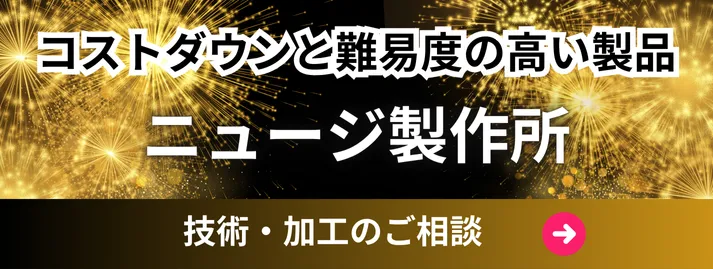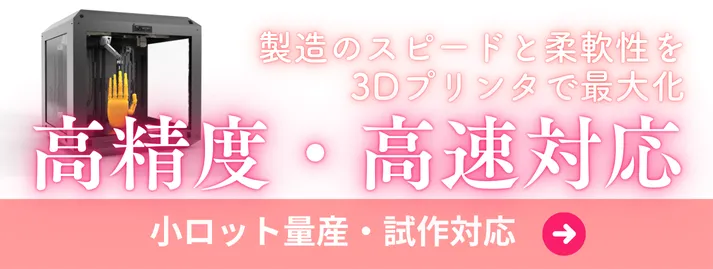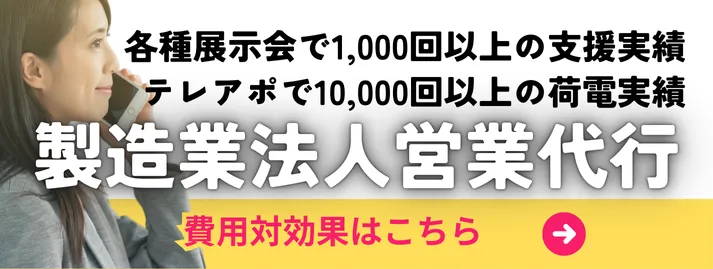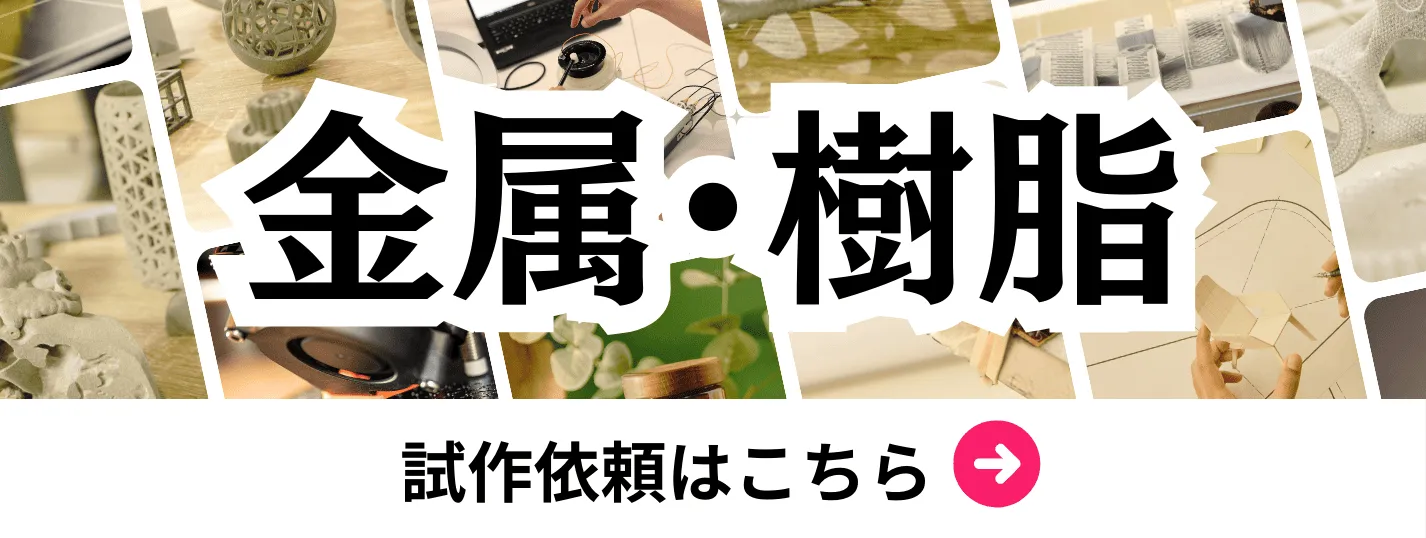- お役立ち記事
- “Revolutionizing Design: The Rise of Translucent Concrete in Japanese Manufacturing”
月間76,176名の
製造業ご担当者様が閲覧しています*
*2025年3月31日現在のGoogle Analyticsのデータより
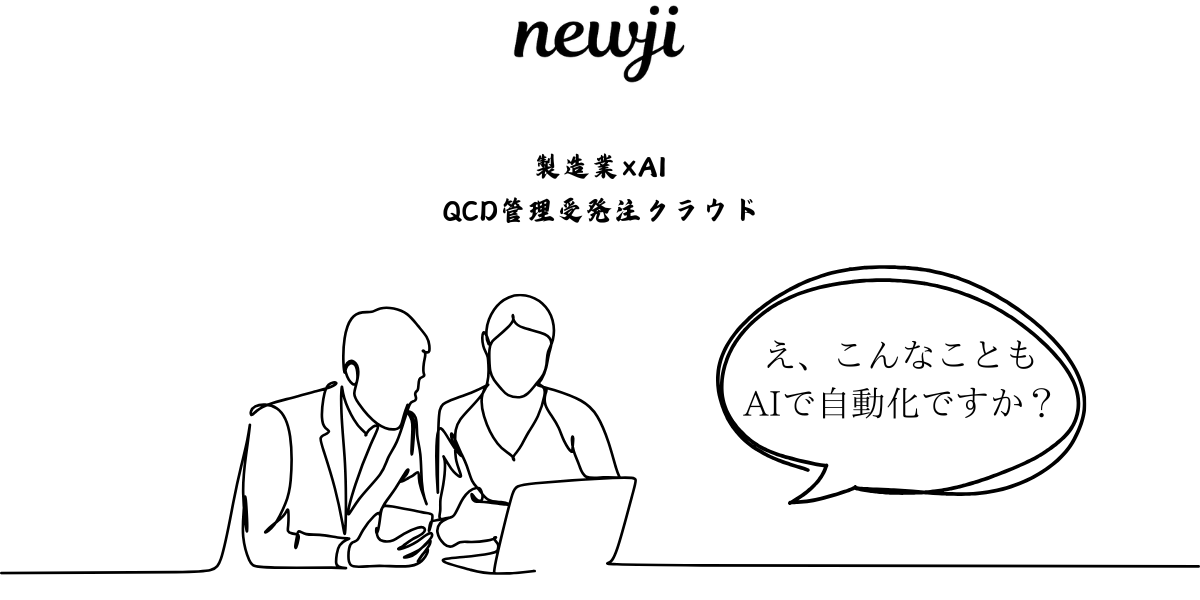
“Revolutionizing Design: The Rise of Translucent Concrete in Japanese Manufacturing”

目次
Introduction
Translucent concrete is emerging as a groundbreaking material in the realm of modern architecture and manufacturing. Combining the robustness of traditional concrete with the ethereal quality of light transmission, translucent concrete offers a unique aesthetic and functional appeal. In Japan, a country renowned for its innovative manufacturing and meticulous craftsmanship, the adoption of translucent concrete is poised to revolutionize design practices. This article delves into the rise of translucent concrete in Japanese manufacturing, exploring its advantages, challenges, procurement strategies, supplier negotiations, market conditions, and best practices from a procurement and purchasing perspective.
Understanding Translucent Concrete
What is Translucent Concrete?
Translucent concrete, also known as light-transmitting concrete, incorporates optical fibers or other light-conducting materials into the concrete mix. This infusion allows natural or artificial light to pass through the concrete, creating striking visual effects and enhancing indoor lighting without the need for extensive electrical installations. The result is a material that maintains the structural integrity and durability of traditional concrete while adding an element of translucency and elegance.
Development and Adoption in Japan
Japan’s commitment to technological advancement and sustainable design has made it an ideal ground for the development and adoption of translucent concrete. Japanese manufacturers have been at the forefront of integrating advanced materials and innovative manufacturing processes to produce high-quality translucent concrete products. This adoption aligns with Japan’s broader goals of energy efficiency, aesthetic innovation, and functional design in construction and manufacturing sectors.
Advantages of Translucent Concrete in Manufacturing
Aesthetic Appeal
One of the most significant advantages of translucent concrete is its ability to enhance aesthetic appeal. The interplay of light and shadow within the material creates dynamic visual effects that can transform the ambiance of any space. This quality makes it an attractive option for architects and designers seeking to incorporate modern and innovative elements into their projects.
Structural Benefits
Translucent concrete retains the structural strength and durability of traditional concrete. It offers excellent load-bearing capabilities, making it suitable for various construction applications, including walls, floors, and facades. This combination of strength and translucency allows for creative architectural designs without compromising on structural integrity.
Light Transmission
The primary feature of translucent concrete is its ability to transmit light. This characteristic reduces the dependence on artificial lighting during daylight hours, leading to significant energy savings. Additionally, the natural light diffusion enhances indoor environments, creating brighter and more inviting spaces.
Sustainability
The use of natural light through translucent concrete contributes to sustainable building practices. By minimizing the need for artificial lighting, it reduces energy consumption and lowers the carbon footprint of buildings. Furthermore, the material can be integrated with other sustainable technologies, such as solar panels and smart lighting systems, to enhance overall energy efficiency.
Disadvantages and Challenges
Cost Implications
One of the primary challenges associated with translucent concrete is its higher cost compared to traditional concrete. The inclusion of optical fibers and the specialized manufacturing processes required for its production contribute to increased expenses. This cost factor can be a barrier for widespread adoption, especially in large-scale projects with tight budgets.
Manufacturing Complexity
Producing translucent concrete involves more complex processes than traditional concrete. The integration of optical fibers must be carefully managed to ensure uniform light transmission and structural integrity. This complexity requires specialized equipment, skilled labor, and stringent quality control measures, which can add to the overall production time and cost.
Limited Suppliers
The production of translucent concrete is still relatively niche, leading to a limited number of suppliers and manufacturers. This scarcity can pose challenges in terms of availability, lead times, and the ability to scale production to meet increasing demand. Building reliable supply chains becomes crucial to addressing these limitations.
Technical Limitations
While translucent concrete offers unique visual properties, it may have technical limitations in certain applications. The degree of translucency is influenced by factors such as fiber concentration, color, and the thickness of the concrete. Achieving the desired level of light transmission while maintaining structural performance requires precise engineering and design considerations.
Procurement and Purchasing Strategies
Sourcing High-Quality Materials
Procurement professionals must prioritize sourcing high-quality optical fibers and other materials essential for producing translucent concrete. Collaborating with reputable suppliers who adhere to strict quality standards ensures the consistency and reliability of the final product. Evaluating suppliers based on their material certifications, production capabilities, and track record is essential for maintaining product quality.
Building Strong Relationships with Japanese Suppliers
Japan’s manufacturing sector is characterized by strong supplier relationships and a culture of trust and reliability. Establishing robust partnerships with Japanese suppliers involves understanding their business practices, demonstrating commitment to quality, and fostering open communication. Long-term collaborations can lead to better pricing, priority access to innovations, and enhanced support in navigating technical challenges.
Supplier Evaluation and Selection
Selecting the right suppliers requires a comprehensive evaluation of their capabilities, financial stability, and alignment with your company’s values and objectives. Conducting thorough due diligence, including site visits, quality audits, and performance reviews, helps in identifying suppliers who can consistently meet your requirements. Additionally, considering factors such as lead times, flexibility, and responsiveness is crucial for maintaining an efficient supply chain.
Supplier Negotiation Techniques
Understanding Japanese Business Culture
Effective negotiation with Japanese suppliers necessitates a deep understanding of Japan’s business culture, which emphasizes respect, consensus, and long-term relationships. Demonstrating cultural sensitivity, such as punctuality, formality, and humility, can foster mutual respect and trust. Recognizing the importance of face-saving and indirect communication styles is also essential in navigating negotiations smoothly.
Negotiation Tactics
Adopting collaborative negotiation tactics rather than adversarial approaches aligns well with Japanese preferences for harmonious business dealings. Focusing on mutual benefits, demonstrating flexibility, and being patient throughout the negotiation process can lead to more favorable outcomes. Clearly articulating your company’s needs while being open to compromise helps in reaching agreements that satisfy both parties.
Long-term Partnership Building
Instead of seeking quick wins, prioritizing the development of long-term partnerships with Japanese suppliers can yield sustained benefits. Investing in relationship-building activities, such as regular meetings, joint development projects, and knowledge sharing, strengthens the partnership. A long-term focus encourages suppliers to prioritize your company, offer better terms, and collaborate on innovative solutions.
Market Conditions in Japan
Current Trends in Japanese Manufacturing
Japanese manufacturing is characterized by a commitment to innovation, quality, and precision. Current trends include the integration of smart manufacturing technologies, emphasis on sustainability, and adoption of advanced materials like translucent concrete. Manufacturers are increasingly focusing on customization, rapid prototyping, and agile production methods to meet diverse market demands.
Supply Chain Considerations
Japan’s supply chain ecosystem is highly efficient but can be susceptible to disruptions from natural disasters and global market fluctuations. Diversifying suppliers, maintaining safety stock, and investing in supply chain resilience strategies are critical for mitigating risks. Building strong relationships with local suppliers can enhance supply chain stability and responsiveness.
Regulatory Environment
Understanding Japan’s regulatory framework is essential for procurement and purchasing activities. Compliance with local standards, building codes, and environmental regulations ensures smooth project execution and avoids legal complications. Staying informed about changes in regulations and engaging with local regulatory bodies can aid in navigating the complex regulatory landscape.
Best Practices for Integrating Translucent Concrete
Collaborative Design Processes
Integrating translucent concrete into construction projects requires close collaboration between architects, engineers, and suppliers. Engaging all stakeholders from the early design stages ensures that the material’s unique properties are effectively utilized. Collaborative processes facilitate the alignment of design objectives with material capabilities, leading to innovative and functional outcomes.
Quality Control Measures
Maintaining high-quality standards is paramount in the production and application of translucent concrete. Implementing rigorous quality control measures, such as regular testing of optical fibers, monitoring of light transmission properties, and ensuring consistent mixing and curing processes, ensures the reliability and performance of the final product. Continuous quality improvement initiatives can further enhance product excellence.
Efficient Logistics Management
Efficient logistics management is crucial for the timely delivery of materials and products. Optimizing transportation routes, managing inventory levels, and coordinating with suppliers to synchronize production schedules can reduce lead times and minimize costs. Leveraging technology for real-time tracking and supply chain visibility enhances operational efficiency and responsiveness.
Case Studies
Successful Implementations in Japanese Companies
Several Japanese companies have successfully integrated translucent concrete into their projects, showcasing its versatility and aesthetic potential. For instance, renowned architectural firms have utilized translucent concrete facades in commercial buildings, creating visually stunning structures that attract attention and admiration. Additionally, interior designers have employed translucent concrete elements in office spaces and residential complexes, enhancing natural lighting and creating unique interior environments.
Future Outlook
Innovations and Technological Advancements
The future of translucent concrete in Japanese manufacturing looks promising, with ongoing innovations aimed at enhancing its properties and expanding its applications. Advancements in fiber technology, such as the development of more efficient light-conducting materials, can improve light transmission and durability. Additionally, integrating smart technologies, like embedded sensors, can transform translucent concrete into intelligent building materials capable of monitoring and adapting to environmental conditions.
Market Growth Potential
The market potential for translucent concrete is substantial, driven by the growing demand for sustainable and aesthetically pleasing construction materials. As awareness of the material’s benefits increases and production costs decrease through technological advancements and economies of scale, more Japanese manufacturers and international companies are likely to adopt translucent concrete. This widespread adoption will further fuel market growth and innovation.
Conclusion
Translucent concrete represents a significant innovation in the construction and manufacturing industries, offering a blend of aesthetic beauty, structural strength, and functional efficiency. In Japan, the rise of translucent concrete is a testament to the country’s dedication to innovation and quality. While challenges such as higher costs and manufacturing complexities exist, strategic procurement and purchasing practices, effective supplier negotiations, and adherence to best practices can overcome these obstacles. As the market for translucent concrete continues to grow, Japanese manufacturers are well-positioned to lead the way in revolutionizing design and construction with this remarkable material.
 資料ダウンロード
資料ダウンロード
QCD管理受発注クラウド「newji」は、受発注部門で必要なQCD管理全てを備えた、現場特化型兼クラウド型の今世紀最高の受発注管理システムとなります。
 ユーザー登録
ユーザー登録
受発注業務の効率化だけでなく、システムを導入することで、コスト削減や製品・資材のステータス可視化のほか、属人化していた受発注情報の共有化による内部不正防止や統制にも役立ちます。
 NEWJI DX
NEWJI DX
製造業に特化したデジタルトランスフォーメーション(DX)の実現を目指す請負開発型のコンサルティングサービスです。AI、iPaaS、および先端の技術を駆使して、製造プロセスの効率化、業務効率化、チームワーク強化、コスト削減、品質向上を実現します。このサービスは、製造業の課題を深く理解し、それに対する最適なデジタルソリューションを提供することで、企業が持続的な成長とイノベーションを達成できるようサポートします。
 製造業ニュース解説
製造業ニュース解説
製造業、主に購買・調達部門にお勤めの方々に向けた情報を配信しております。
新任の方やベテランの方、管理職を対象とした幅広いコンテンツをご用意しております。
 お問い合わせ
お問い合わせ
コストダウンが利益に直結する術だと理解していても、なかなか前に進めることができない状況。そんな時は、newjiのコストダウン自動化機能で大きく利益貢献しよう!
(β版非公開)


